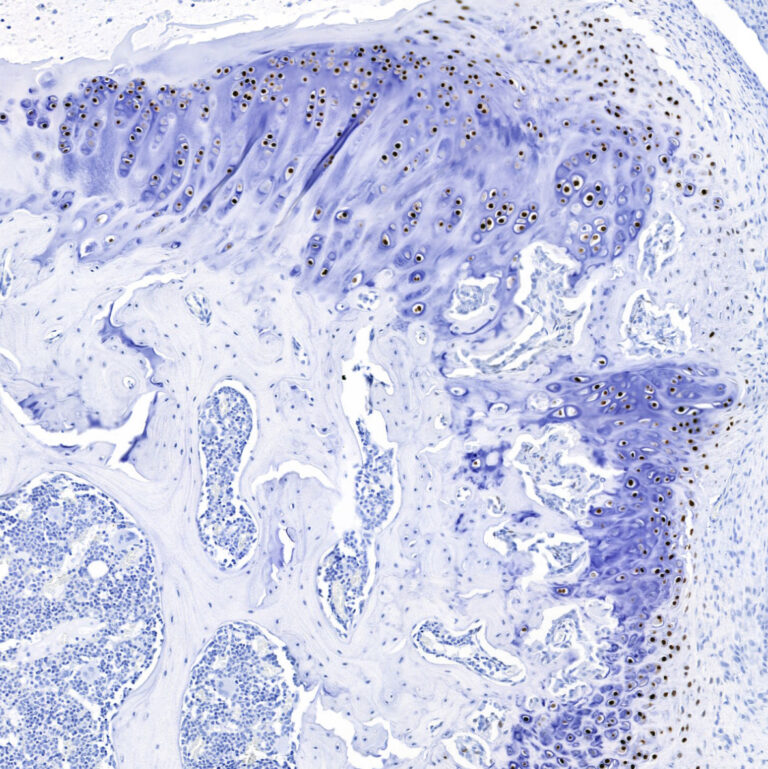Pharmatest
Services
Osteoarthritis models
Osteoarthritis (OA) is the most common joint disease and among the most common causes of chronic pain and disability in older people, affecting 12.6% of total population in Western countries. Several risk factors have been identified for the development of OA, including joint trauma that predisposes to post-traumatic OA.
Animal models of Osteoarthritis
Pharmatest offers the following models of Osteoarthritis, including:
- Rat MIA model, where OA is caused chemically by intra-articular injection of monoiodoacetate (MIA)
- Rat MMT+MCLT model, where OA is caused surgically by medial meniscal tear (MMT) and medial collateral ligament transection (MCLT)
- Rat ACLT model, where OA is caused surgically by anterior cruciate ligament transection (ACLT)
- Rat ACLT+pMMx model, where OA is caused surgically by ACLT and partial medial meniscectomy (pMMx)
- Mouse DMM model, where OA is caused by surgical destabilization of the medial meniscus (DMM)
- Rabbit model of pMMx that results in a moderate and progressive form of post-traumatic OA, resembling early onset of OA observed in human patients.
In addition, Pharmatest is capable of performing studies with other post-traumatic models in rabbits, including the ACLT model.
Specific standard and tailored study setups are available for the efficacy testing of new drug candidates, biosimilars and functional foods for treating OA. Follow-up measurements include determination of body weight, joint pain and serum levels of various OA biomarkers. Endpoint measurements include digital radiography and micro-computed tomography (µCT) of knee joints, macroscopic evaluation of articular surfaces, microscopic scoring of degenerative changes in knee joints, and determination of proteoglycan content in uncalcified articular cartilage. Various imaging techniques, such as MRI (Magnetic Resonance Imaging), FTIR (Fourier Transform Infrared Spectroscopy) and polarization microscopy are also available on request.
Contact an Expert


